In fact, the diameter of a black hole is defined by its event horizon, as a black hole’s entire…
Select :
asteroid collisionasteroidsastronomical distance scalesatomsbig bangblack holesbright lights in the skybrown dwarfcareerscelestial eventschecker cabscometsconstellationscosmic distancescosmic microwave backgroundcosmic rayscosmologydark energydark matterdwarf planeteartheclipseeclipticeducationexoplanetsexpansion of the universegalaxiesgeneral relativitygravitational lensgravity wavesGreat Red SpotHoaxesHubble Space Telescope (HST)Interferometerinterferometryinterstellar moleculesionosphereJupitermagnetarsmarsmeteorsMH370milky wayMilky Way Galaxymoleculesmoonmoonsneutron starneutron starsNibirunight skyparallaxphysicsplanetsplutoproperties of lightPtolemypulsarsquasarsradar astronomyRadio Astronomyradio frequency interferenceradio interferometersradio recombination line emissionRadio TelescopeSatellite DishSchwarzschild Radiusscientific methodsearch for extraterrestrial intelligenceSETIsolar systemspace probesspacecraftstar formationstarssunsupernovasupernova remnantssupernovaetelescopestime dilationTrans Neptunian Objectstwin paradoxunexplained celestial observationsVenusVery Large ArrayVery Long Baseline Array (VLBA)Voyager 1weather
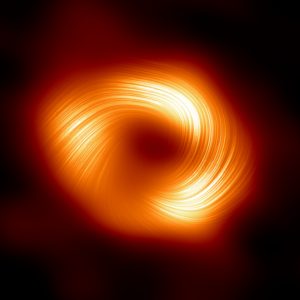
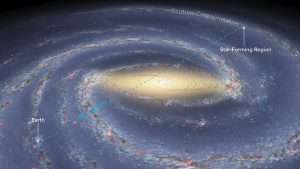
How Many Arms Does the Milky Way Galaxy Have?
The most recent analysis of the structure of our Milky Way galaxy, derived from the Spitzer Space Telescope, indicates…
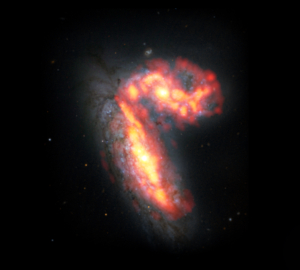
Flux Density of Virgo A at 20 MHz
Based on the flux density scale for frequencies from 50 MHz to 50 GHz derived by Perley & Butler…
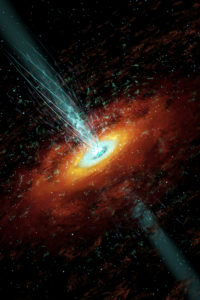
What Would Happen if SgrA* Became Active?
When a black hole becomes more active it behaves much like “active galactic nuclei”, or AGN, found quite frequently…
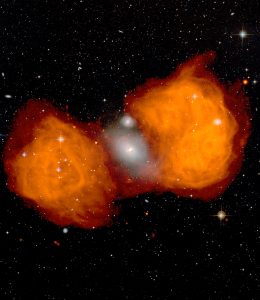
Connection Between Fanaroff-Riley Radio Galaxy Classification and Galaxy Properties
Let me refer you to a nice description of the Fanaroff-Riley (FR) classification and its possible connections to galaxy…
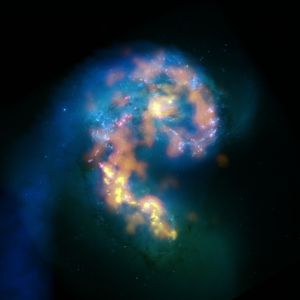
Is There a Reference for Average Distance Between Stars in the Milky Way?
I don’t believe that there is a standard reference for the average distance between stars in the Milky Way…





